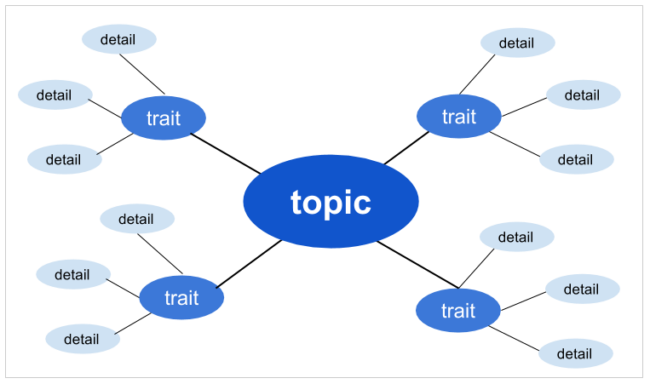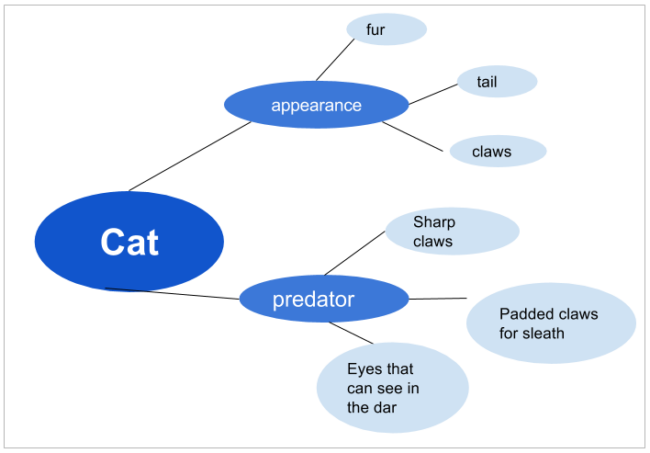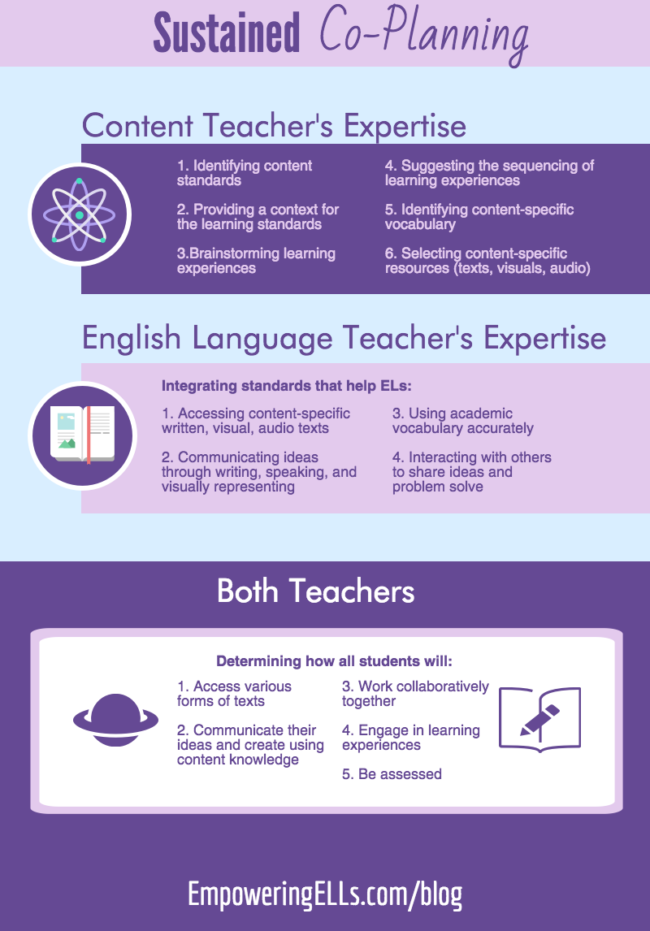All forms of co-planning benefit all students – whether they are brief or long lasting collaborations. However, Sustained Co-Planning is more likely to produce enduring learning and engagement. Sustained Co-Planning allows for teachers to glide with the ebb and flow of students’ progress.
Three weeks ago, I introduced the concept of a continuum of collaboration, and in One-Off Co-Planning, Informal Co-planning, and Temporary Co-Planning, I described the first 3 of its forms. In this article, I’ll describe the most hearty, robust, and dynamic form of collaboration: Sustained Co-Planning.
What is Sustained Co-Planning?
Sustained Co-Planning focuses on integrating content and language standards together. In other words, ELs are taught content while receiving explicit academic language instruction. Both the discipline-specific teacher and English language teacher (ELT) need to work together at multiple levels to create the unit – from identifying standards to determining assessments.
Therefore, Sustained Co-Planning has the highest chance of developing ELs’ academic language skills.The ELT is no longer focusing on just providing comprehensible input and comprehensible output support, they are explicitly teaching academic language skills within content classes.
Essentially, in Sustained Co-Planning, ELTs are not consultants or aids – they are equal partners in designing, delivering, and assessing learning.
Sustained Co-Planning doesn’t mean how long the partnership lasts (for the semester, for the year). It simply means collaboration that lasts longer than a single unit and gives more responsibility to the ELT. Also, it works best for a large group of Beginning ELs (10 or more) who really need the active engagement of an ELT.
What Does Each Teacher Do?
The responsibility of the content teacher is mainly to set a context for learning, identify the content-specific knowledge and skills, and plan learning experiences. The ELT’s responsibility is to identify opportunities to teach academic language within the context. They both are responsible for considering how ELs will develop content knowledge, engage with other students and the content knowledge and be assessed.
Most importantly, this diagram acknowledges both the content teacher’s discipline-specific expertise and the ELT’s expertise in developing academic language. It explicitly suggests that content teachers provide the ELT opportunities to teach academic language to all students – not just the ELs.
By relying on the expertise of the ELT, the content teacher treats the ELT as an equal partner in designing instruction and learning experiences.
With Sustained Co-Planning, teachers are no longer focused on which students to work with, but on which expertise is needed during each phase of instruction and planning. And – excitingly – dynamic co-planning can occur when each teacher plays a role based on their expertise.
Teaching Text Structures
Rather than explaining different strategies for aligning content and language standards, I’d like to talk about another defining feature of Sustained Co-Planning: including literacy skills in content classes.
The main challenge that content teachers face is helping students access complex text in their discipline. ELTs can collaborate with content teachers to teach practices that develop students’ literacy skills; thus increasing their understanding of these texts.
Cult of Pedagogy’s Solution
One of the best ways to teach content-specific reading and writing skills is with the strategy “Teaching Text Structures”. This technique comes from a highly-regarded education blogger and National Board Certified Teachers (NBCT) educator, Jennifer Gonzalez. She runs an education blog called Cult of Pedagogy (CoP) that provides practical, easily implementable strategies. Because of my love for all things CoP, this is the closest I will come to being called a “cult follower”.
Gonzalez originally posted this strategy in an article entitled “How to Teach Text Structures for Non-Fiction Reading”. She suggests that students need explicit instruction on how to read content-specific texts, and she proposed that most academic texts can fall under one of six categories:
- descriptive,
- sequential,
- cause and effect,
- compare,
- problem-solution, and
- argumentative.
Each of these genres has defining text structures that distinguish them from other genres.
Text structures are the ways that a genre organizes and sequences ideas to communicate in a specific way. More importantly, these genres are found across various disciplines, so teaching them will benefit all students.
If an educator makes time for students to internalize these genres and their text structures, ELs are more likely to comprehend a text and remember the content. In her tutorial Youtube video on teaching text structures, Gonzalez says,
“If students don’t practice using text structures in every class, there’s no guarantee that they will transfer the skill into that content area’s material” (Gonzalez, 2014).
3 Steps to Teaching Text Structures
Step 1: Teach one text structure one at a time using the graphic organizer:
For example, if you’re reading a science article that describes the features of a coral reef, you might want to teach the “Descriptive” text structure. As you read the text, demonstrate how you take textual details and fill in the bubbles in the “Descriptive” graphic organizer.

Step 2: Students map the structure:
Provide students with another text that mirrors the text structure in focus. Have students work in pairs or small groups to read the text. As students read, they can take the textual details and fill in the different areas of the graphic organizer.
 Step 3: Students compare text structure maps:
Step 3: Students compare text structure maps:
Though this step was not included in Gonzalez’s original instruction, it’s appropriate to have students share their completed graphic organizers with other groups to compare similarities and take note of differences.
This analysis develops critical thinking and fosters learning. It also provides teachers with formative data on how students are 1) understanding the text and 2) internalizing the text structure.
Writing with Text Structures
Once students are familiar with the concept of text structures and understand how to apply them, we can then use Gonzalez’s text structures to teach writing – especially content-specific, nonfiction knowledge.
For example, if a science teacher wants students to research the defining features of another ecosystem, he can use the “descriptive” text structure to scaffold students’ writing.
Let’s pretend that students are about to conduct research on their particular ecosystem. The science teacher can give the students a blank “descriptive” graphic organizer where students can gather their research. After the students have finished researching, the content teacher then:
1. Models one part of the text structure:
Decide on one aspect of the text structure to model. In the descriptive text structure, we would model writing
- one trait (such as the purpose of coral reef ecosystem) and
- the details associated with this trait (such as provides a habitat for other animals and reduces the impact of storms).
2. Teaches signal words during modeling:
Each text structure has its own set of signal words that distinguish it from other text structures. As you model writing one part of the text structure, incorporate a few signal words to demonstrate how they’re used to build connections between ideas. Signal words help students code-switch from social language into academic language because of they are spoken in a formal sentence structure.
3. Has students practice writing:
After modeling just that particular section of the text structure, allow students to work in pairs to practice drafting the section in focus. Remind students to incorporate appropriate signal words to increase the academic register of their writing.
4. Assigns independent writing:
Now that students have practiced co-writing one section of the text structure with the support of a peer, they’re able to create their own. Invite students to independently write the section of the text structure that was just modeled. This process can be repeated for the remaining parts of the text structure until the whole concept is taught. By internalizing the way a text structure organizes ideas and forms connections using signal words, students become trained in how to write in academic language.
If you’d like a more detailed description of how to help students develop their writing skills, consider reading my article on “Teaching ELs to Deconstruct Writing”. It’s my favorite approach to teaching academic writing skills that are also transferable to other content areas. While the four steps that I just described above work well in Sustained Co-Planning, I would use the Deconstructing Writing model if the content teacher is super-literacy friendly.
Co-Planning Based on Expertise
Teaching with text structures exemplifies the ideas behind Sustained Co-Planning.
The content teacher selects the most appropriate texts for students to develop content knowledge. The ELT shares practices that best support students as they read text and produce writing. This co-planning places the students at the center, and each teacher orbits around the students by providing literary or content support. This strategy aligns with Sustained Co-Planning so well because accessing texts and writing texts is not a one-and-done event. Literary is a year-long experience in all content classes. As the texts change, so do the text structures.
As the language becomes increasingly more complex, the ELT can support the content teacher and students to access the readings. When the writing demands shift from simple description to analysis, the ELTs’ expertise is invaluable. They support students in effectively organizing and clearly communicating ideas.
Takeaways
Teaching text structures is just one example of how content teachers and ELTs can share responsibilities based on their expertise. It is possible and preferable to work together to teach content while developing students’ academic language abilities. When both teachers are working from their area of expertise in a synergistic way, all students – not just the ELs – are more engaged with the content knowledge and learn to master academic literacy skills. In doing so, students will attain higher levels of academic achievement.
More importantly, they’ll be more prepared for college, work, and meaningful participation in society. They’ll possess the skills to read content-specific text and communicate in ways that are valued by members of an educated community. After all, preparing students with skills to face an unknown future is the reason we devote our lives to educating children. So let’s do it right.
Next Post
In the next post, I’ll talk specifically about how teachers can collaborate on assessments. I’ll share a case study of how Mr. Arno, the science teacher, and I modified the assessment for students as part of our responsibilities in Sustained Collaboration.
Have you used text structures with your ELs? What did you think of them? Let me know in the comments below.
Krashen, S.D. (1981). Second language acquisition and second language learning. Oxford: Pergamon Press.


